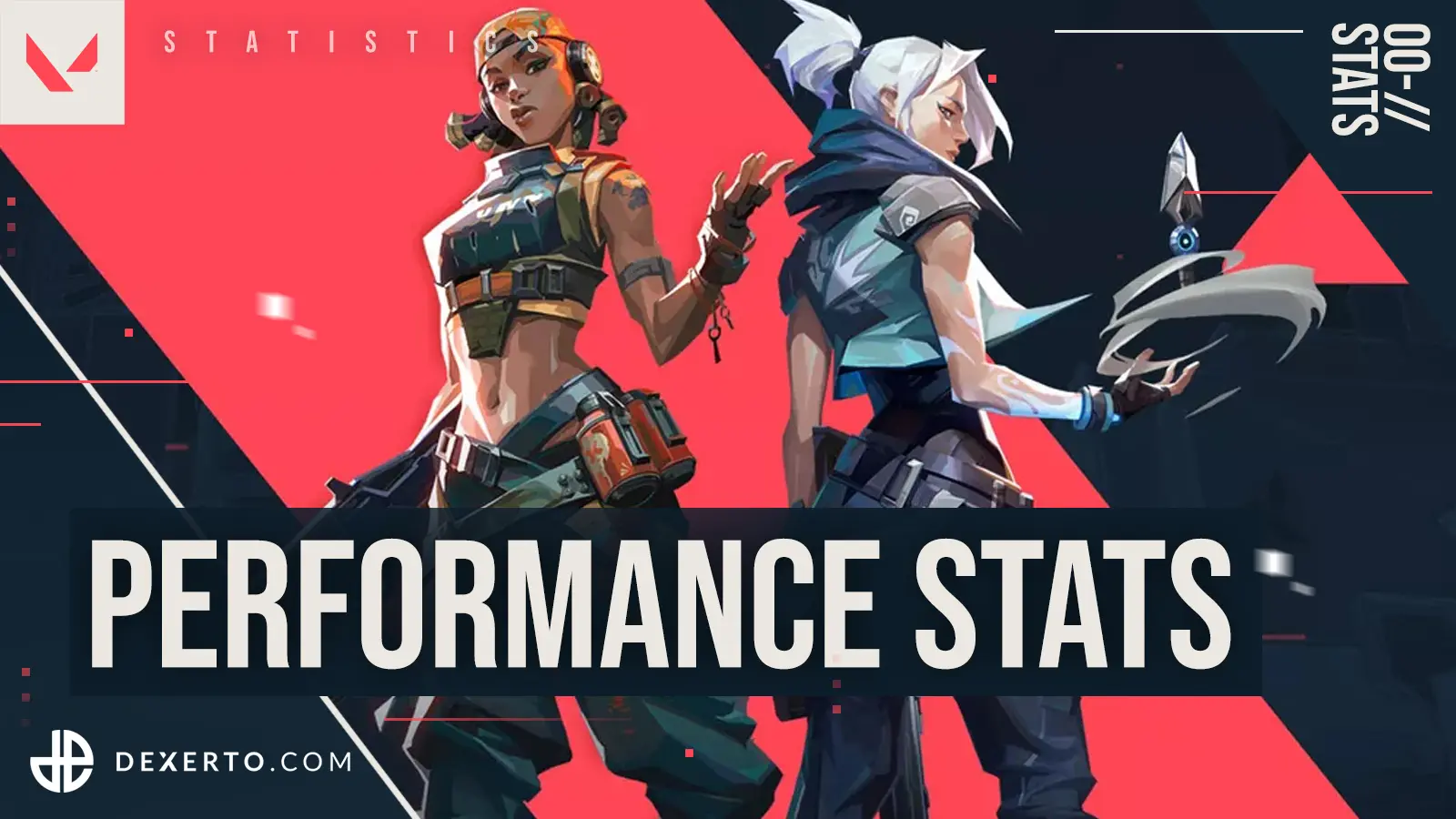Being able to pinpoint your PC performance stats in Valorant can help you solve any problems you might be experiencing with the game. They are disabled by default, but super easy to turn on.
Whether you’ve got a top-of-the-line tower, or a toaster laptop from the mid-2000s, it should be pretty capable of running Valorant. The game is incredibly well optimized to reach players from all over the world.
If things are going awry, however, it’s nice to know what exactly the issue is. Valorant has a way of tracking your PC stats in-game, so you can pinpoint whether the problem is with your hardware, your connection, or if it’s on Riot’s end.
What do the Valorant’s PC performance stats mean?
If you aren’t au fait with computers, looking at the PC performance statistics for Valorant can be pretty daunting. It’s a lot of numbers that fluctuate wildly. However, knowing how your PC is performing can help you out if you are experiencing issues with the game.
Below we’ve got a quick breakdown of the technical lingo that you might see, alongside the ideal values you want to see for each statistic.
Subscribe to our newsletter for the latest updates on Esports, Gaming and more.
- Client FPS: How many ‘frames per second your game is running at. Ideally, you’d want a minimum of 60 FPS. If you use a 144Hz or 240Hz monitor, you’d want your FPS to be the same as your refresh rate (144, 240, etc).
- Server Tick Rate: The rate at which the game server updates, calculated as packets per second. All Valorant servers will run at 128-tick rate. If they are running at less, the issues with connectivity are server-side.
- Total Frame Time: The time it takes for each individual frame to render. If you are at 16.67ms for 60 FPS, you are at the optimal spot. Any higher, and there might be some issues.
- CPU Frame Time: The time it takes for your CPU (Central Processing Unit) to render frames. You want this to be as low as possible.
- GPU Frame Time: The time it takes for your GPU (Graphics Processing Unit) to render frames. You also want this to be as low as possible.
- Network Round Trip Time: More commonly known as ping. Refers to how long it takes for your data (shots fired, movement) to be sent to the server, confirmed, and sent back to you. The lower, the better.
- Packet Loss: Refers to how many packets of data that don’t make it to the server, or back to you. You want this number to be 0%, else you are having network connectivity issues.
Steps to enable PC performance stats in Valorant
If you can’t see your PC performance stats in Valorant, it’s likely because you haven’t enabled them. It’s not a complicated process to do so, and it doesn’t take up much space on your screen, so don’t be scared to turn them on.
- Open up your settings in Valorant.
- Navigate to Video > Stats.
- There, you’ll have the option to enable or disable statistics. You can show them as text only, graph only, or both… Or you can hide them.
- Save your changes, and close settings.
- Boot up into a game, and look at the top left of your screen for text stats. Your stats should appear.
If your game isn’t performing how you’d like it, there are a few ways to fix it.
Turning down your video settings to a minimum should allow you to get more FPS. Using an Ethernet connection where possible should help with any packet loss or ping issues.
If the issues are a bit deeper than that though, or if you want to get into the nitty-gritty of customizing your settings, we’ve got a guide that runs through everything you should enable (and disable) before you jump into your next Valorant game.
